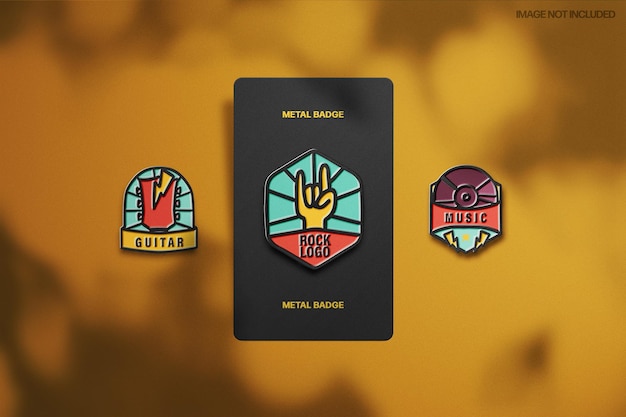
Creating custom enamel pins is a fascinating and rewarding endeavor. With the right tools and understanding of the process, you can design your own unique pins that capture your creative vision. While it might seem like a daunting task, this comprehensive guide will walk you through the entire process, from understanding the basic principles of pin design to turning your artwork into a production-ready design.
I. Introduction
Designing pins can be a fun and creative way to express yourself, promote your brand, or even sell as merchandise. However, before you dive into this process, it’s crucial to understand the fundamental principles of pin design. The following sections will cover these principles and guide you on your journey towards creating your own custom enamel pins.
II. Understanding Enamel Pin Design Basics
Designing enamel pins involves specific techniques and considerations due to the nature of the materials and production processes used. Here are the core principles you need to grasp:
Colors and Lines
- Delimitation by Metal: Enamel paint is confined to sections bordered by metal lines. Every color in your design must be enclosed within a metal outline.
- Simplicity Over Intricacy: Given the small size of pins, complex details can be challenging to reproduce. Prioritize simplicity, bold lines, and vibrant colors for optimal results.
- Size Matters: The production cost of a pin is largely dependent on its size, not the number of colors or intricacies in the design. Smaller pins are generally less expensive and more practical for everyday wear.
III. Preparing Your Pin Design for Production

With a solid understanding of the basics, the next step is to prepare your design for production. Here’s how to proceed:
Hand-Drawn Designs
If you prefer traditional methods, sketch your design on paper and scan it to create a high-quality PDF file. This approach is ideal for those who may not be familiar with digital design tools.
Digital Designs
For those comfortable with graphic design software, create your design digitally and export it as a PDF file. Digital tools offer more precision and flexibility in the design process.
IV. Pin Design Guidelines
To ensure your design translates well into a pin, adhere to the following guidelines:
- Avoid Gradients and Shading: These elements are difficult to reproduce accurately in enamel pins.
- Single Metal Color Outlines: Each color should be outlined with a single metal color for clarity.
- Metal Over Small Areas: Fill small areas with metal rather than color for better detail retention.
- Simplicity is Key: A simple design often yields the best final product.
- Use Coated Pantone Colors: These ensure color consistency across the entire production run.
- Separate Colors with Metal Lines: This helps maintain the integrity of each color in the design.
- Font Size Considerations: Use a minimum font size of 5pt for any text included in your design.
- Vector Files Preferred: Submit your design in vector formats such as .ai, .eps, or .pdf for the best quality.
V. Design Tools
For those who are not designers or artists, there are several tools that can make the process easier:
- iPad Pro + Pencil and the Pixelmator app: This combination allows you to quickly sketch your design ideas and produce pins more often.
- Other graphic design software: Programs like Procreate, Photoshop, Illustrator, or Sumo Paint can also be used to create your pin designs.
VI. Working with Factories
When you’re ready to produce your design, all you need to provide the factory is a high-quality PDF of the design and its desired size. You can also specify the exact Pantone colors you’d like to use, but remember that certain colors may change during the production process, and factories may not have a wide range of colors available.
VII. The Production Process
Once the factory receives your design, they’ll translate it into a production mock-up, also known as a “proof”. This proof will give you an idea of what the final product will look like.
VIII. Final Thoughts
Designing pins can be a fun, creative, and rewarding process. By understanding the design principles, preparing your design correctly for production, using the right tools, and working closely with factories, you can create unique and beautiful enamel pins.
IX. Further Reading
If you’re interested in building a better enamel pin business, check out these articles:
X. Conclusion
Remember, designing pins is an art. It requires creativity, understanding of the medium, and patience. However, with the right tools and knowledge, anyone can create stunning and unique pins. So go ahead, let your creativity shine, and start designing your own custom enamel pins today!



